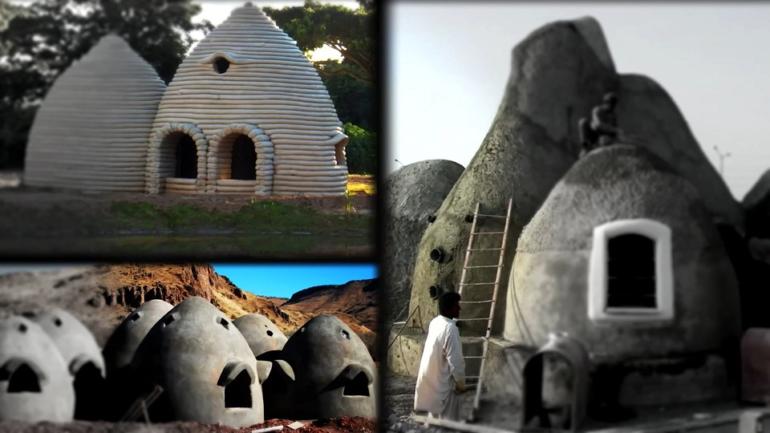Climate change and natural disasters are transforming the way we think about building. Lives and infrastructure are threatened, especially in the poorest and most vulnerable countries. How is it possible to build in new ways that prevent catastrophes and also embrace sustainability, local empowerment and inspiration from nature?
Natural Architecture: Ma Yansong
Currently, more than half of the world’s population lives in cities, and by 2050, that’ll jump to 68 percent, according to the United Nations. As cities become bigger and denser, Beijing-based architect Ma Yansong believes there’s still a way to infuse city life with a sense of freedom and an appreciation of nature.
Ma Yansong is principal of MAD Architects, and his designs incorporate aspects of shanshui Chinese paintings and the natural landscape.
“Human beings and nature should combine together because human needs to have nature as a cultural reference,” Ma said. “Through the nature, through the trees, the rock, the water. That’s the spiritual quality of life in the city.”
Build Change: Elizabeth Hausler
Natural disasters like earthquakes, hurricanes and floods are unavoidable. But deaths from them can be prevented. One way is through constructing more resilient buildings.
Elizabeth Hausler is a global expert on resilient building and post-disaster reconstruction. She is also the founder and CEO of Build Change, an international nonprofit organization that builds earthquake-resistant homes and schools around the globe.
Build Change helps provide housing microfinancing directly to homeowners, also giving the,m the authority to choose layout sand materials for their news homes.
“An entire population or entire housing stock can be destroyed in 30 seconds with no warning,” Hausler said. “One of the messages that I want to convey is that it’s possible to prevent this from happening because most people die because something man-made collapses on them, so we should be able to change that.”
Life-saving Homes: Nader Khalili
Superadobe is a life-saving building technique that uses only sandbags, barbed wire and earth. Developed by the late Iranian architect Nader Khalili, the buildings not only provide low-cost shelter, they also protect against catastrophes like tornadoes and hurricanes.
Nader was founder and director of the California Institute of Earth Art and Architecture, known as Cal Earth, where his building technique was developed and continues to be taught to others.
“For him it was beyond just building,” said Sheefteh Khalil, Nader’s daughter and CFO of Cal Earth. “It was something about sort of a building and a philosophy put together that if you really try to understand the natural elements and work with them instead of against them you can really create things that are beautiful and functional and they’re sustainable and they’ll last.”
 CGTN America
CGTN America
